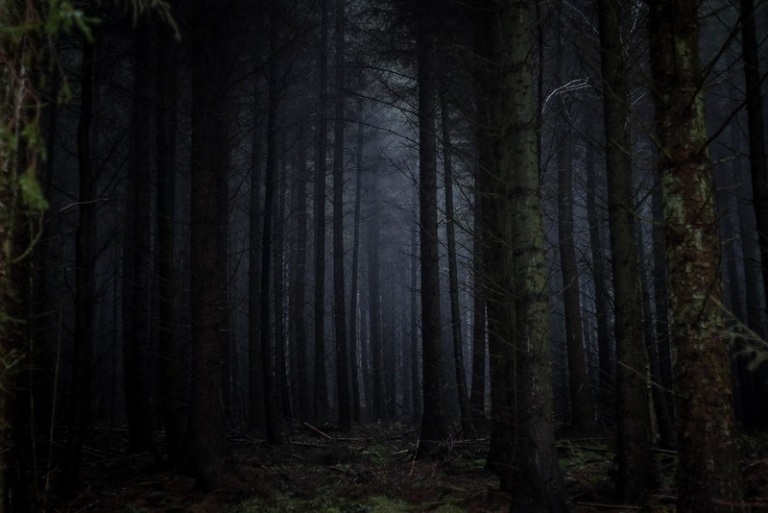
CLARKSBURG, W.Va. — For pioneers in western Virginia, life was complicated enough without talk of "witches." Any interruption in the business of avoiding hunger and disease might prove deadly. A blighted harvest, a twisted gun, or a broken limb could swiftly doom a settlement. But then there were witches.
According to superstitious settlers, they lurked just out of sight in the forest. In his book "Border Settlers of Northwestern Virginia," Lucullus McWhorter dedicated a chapter to witch lore in the 1700s. It remains one of the most enlightening histories of the period in existence.
"The belief in witchcraft and auguries was intuitive with the border settler," McWhorter wrote. "The Witch and the Black Wizard were mediums of evil spirits or the Devil to do secret injury to the human race. The baleful influence of these invidious enemies of mankind was more to be dreaded than the visible dangers besetting the wilderness home."
Bad luck and relentless adversity were invariably attributed to a witch's spell, and conjurers and "witch doctors" who maintained the skills to defeat such foes were usually found in any settlement, McWhorter wrote.
"These gifted persons, successfully combating the malevolency of the witch, were regarded as public benefactors. Their status regarding those believing in sorcery was scarce below that of the good Indian medicine man with his people.
"The superstitious fallacies were so strong with our first settlers that it is no surprise that we still find the occult among their descendants in the isolated and mountainous districts."
One of the most outstanding recollections of a witch doctor of the settlement period was related by John S. Hall, whom McWhorter often cited in his histories. Hall knew well the traditions of the upper watershed of the Monongahela River, and the following passage is borrowed from McWhorter's book.
"The only person exercising the occult on behalf of some of my earliest acquaintances was Elkany Roby, known as 'Elky.' He was a pioneer of the Collins Settlement in Lewis County, and at my earliest recollection, he had reached the zenith of his fame. His summary method of disposing of witches gave him notoriety: He shot them with a silver bullet. Roby's chief work as a wizard was in removing spells from guns. The old flintlocks were very subject to these spells, but sometimes the spell was on the hunter. It was the wizard's work to ascertain the cause and apply the remedy. For this purpose, the gun was first examined, unbreeched, and every piece scrutinized and cleaned. If no trace of the witch was found, the shot-pouch was then examined, which generally proved that the spell was on the hunter. Sometimes the witch was found to be young and timid and could be frightened away without resorting to drastic means. In other cases, the depredation was so great that the owner was advised to dispose of the gun to a gunsmith for what he could get and to buy a new one. He was not to sell or trade it to anyone in the neighborhood under pain of the severest spell that the wizard could conjure.
"Roby's execution of a witch was weird and unique. A charcoal outline of the witch was drawn on a board, which was then set up against a tree facing the south. Then, taking his position in front of the witch-board—the witch was invisible to the uninitiated—he would load his gun. A charm he took from his mouth was carefully pushed down on the bullet. Then, muttering an incantation unintelligible to the few permitted to witness the scene, he aimed and discharged the weapon. Usually, a splotch of blood would appear on the drawing, which indicated that the shot was fatal. Sometimes, the process had to be repeated before such a result was obtained. If only wounded, the witch was liable to return when healed. No bullet mark was ever visible on the board, and that the outlined figure should flow blood was a wonder. But all is mystery in the occult.
"When well advanced in years, Roby moved to the Little Kanawha, now Gilmer County. The fame of his achievements had preceded him, and fortunately, he arrived when his help was most needed. He had occupied his new home, but a few days later, he was called upon to slay the most malevolent witch that had ever visited the community. It was just at the opening of the sugar season, and a neighbor found a large turn-off of sugar unfit for use. It had a salty taste and a disagreeable odor. Even children, so fond of sweets, refused it with disgust. Roby was summoned, and after a careful examination of the premises, he pronounced it the most malicious and diabolical case that had ever come to his notice. No mercy should be shown to such a witch, and he would exterminate it if in his power. If successful, he would expect a compensation of fifty pounds of sugar. This was satisfactory to the victim, and Roby proceeded to business.
"He first directed that the spiles be withdrawn from the trees and the troughs emptied, washed, and set up to drain. While this was being done, the wizard returned home to prepare for the conflict. In the afternoon he appeared, bearing his trusty rifle and a board on which was drawn in bold lines the figure of a witch. This was placed against a noble sugar tree near the center of the grove, then calling his patron to witness the operation, the executioner took his position in front of the image. He carefully charged his rifle, exhibiting the shining bullet before thrusting it to its place with the secret charm added. Then invoking a spell, he took deliberate aim and fired. As the echo of the shot rang through the grove and the wizard was yet wreathed in smoke, the excited patron exclaimed, "Begosh, yer hit 'er, old man. I see blood!' 'Yes,' was Roby's solemn reply. 'I seed the witch drap and vanish.' The blood showed a wound near the heart, consequently fatal.
"All hands, including the women, were then called to replace the spiles and troughs, the wizard assisting. The next morning, the disenchanter was on hand to note the result. Pure sweet water was flowing, and the troughs well filled. The magician took charge of the furnace while the family did the outside work. That night they had a turn-off to delight an epicure. The salutary result of the incantation was complete, and the hero of the occasion was gratefully invited to take control of the furnace and share in the run.
"The late William Bennett, of Walkersville, a gentleman of intelligence and veracity, got closer to Roby's conjuring than anyone else. This he accomplished by patronage and flattery. The Bennetts were renowned hunters and for one so distinguished to bring his gun for treatment appealed to the old man's vanity. After a long and intimate study of Roby and his 'Black Art,' Mr. Bennett expressed the belief that Roby was honest and sincere in his assumption of magical powers."
Tale of Petrified Witch of Kanawha County nearly forgotten
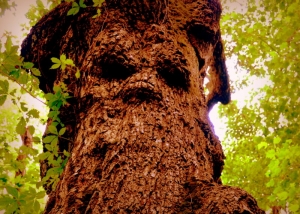
Sign up for a FREE copy of West Virginia Explorer Magazine in your email twice weekly. Sign me up!




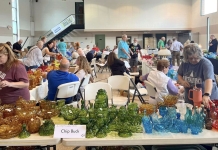






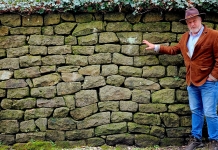
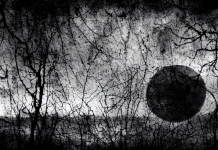

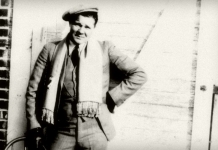
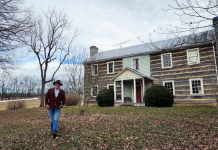
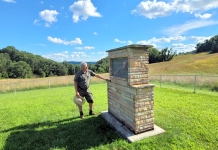








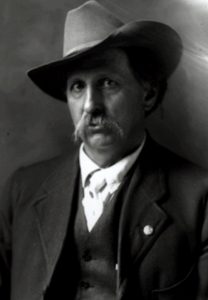




Facebook Comments